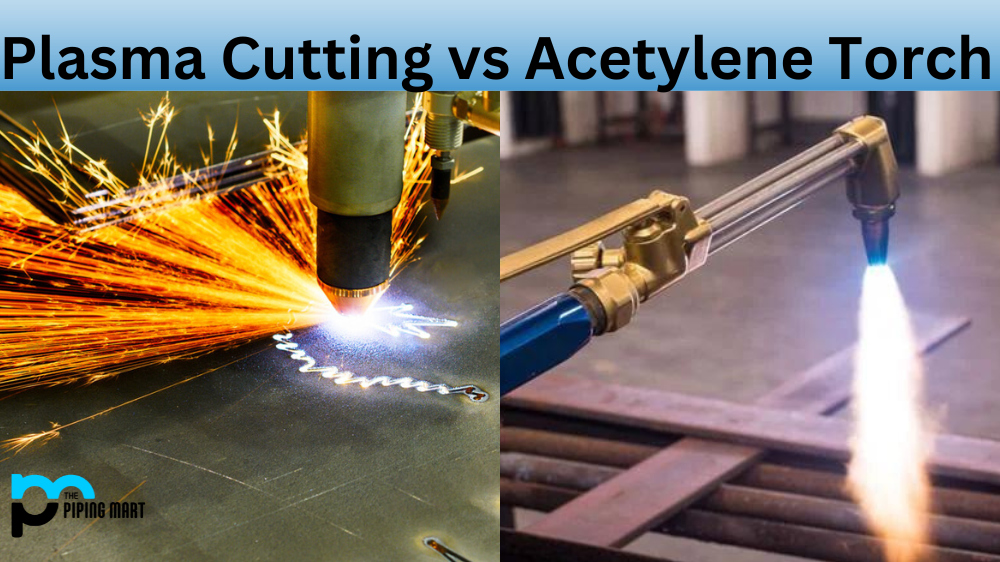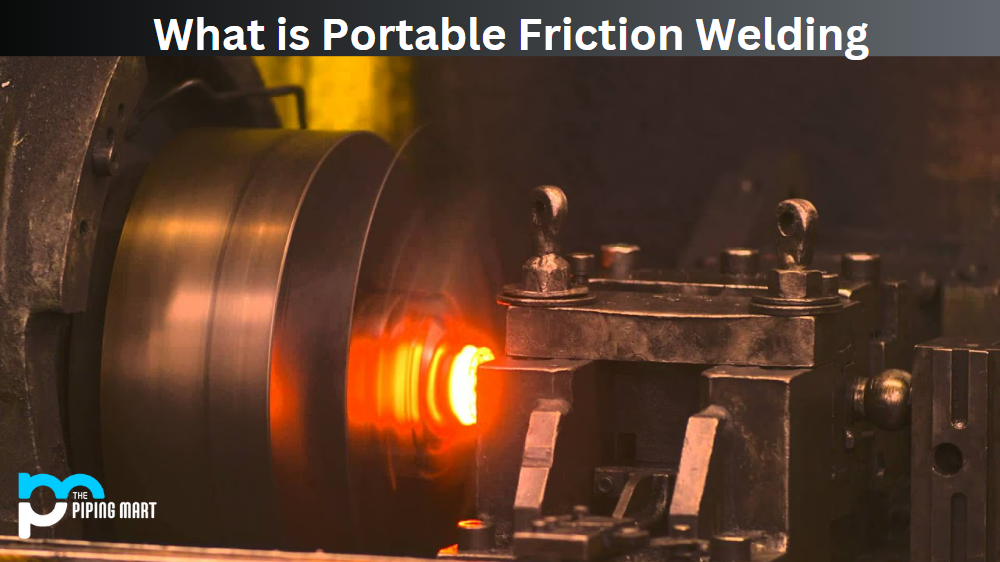Whether you’re a manufacturer, a producer, or an engineer, you know that metal forming is essential for creating some of the most common components in our everyday lives. The two primary forms of metal forming are stamping and forming. Both have unique advantages and disadvantages to consider when deciding which is best for your project. Let’s take a look at what they are and how they compare to one another.
Stamping
Stamping is used to create thin sheets of metal into specific shapes. It utilizes a die press with upper and lower dies to cut, bend, draw, or punch the sheet into the desired shape. Stamping can be used for both small and large production runs because it requires no tooling changes between jobs. Generally speaking, stamping requires little setup time, as well as minimal maintenance costs in order to achieve high-volume production, and runs quickly and efficiently.
Forming
Forming involves shaping metals by applying force to them in order to change their shape without cutting or adding material. This process can be done through various methods such as extrusion, spinning, rolling, forging, hydroforming, powder metallurgy, etc. Depending on the type of forming process being utilized, there may be more setup time involved than stamping and increased cost due to tooling changes required between production runs. Forming is often used when more intricate shapes are required that are not possible with stamping alone. It also has considerably greater strength than stamped parts due to its ability to work to harden metals during the forming process, which increases the part’s tensile strength properties over those obtained through stamping alone.
Difference Between Stamping and Forming of Metal
Advantages of Stamping
One of the main advantages of stamping is that it is a very efficient way to cut or shape metal. Additionally, stamping can be used to create very precise shapes and designs.
Advantages of Forming
One of the main advantages of forming is that it allows for the creation of complex shapes that would be difficult or impossible to create with stamping alone. Additionally, forming can be used to create shapes with higher levels of accuracy than stamping.
Disadvantages of Stamping
One of the main disadvantages of stamping is that it can only be used to create simple shapes and designs. Additionally, stamping is a less versatile process than forming, as it can only be used on certain types of metals.
Disadvantages of Forming
One of the main disadvantages of forming is that it is a more time-consuming process than stamping. Additionally, forming requires more specialized equipment than stamping, which can make it more expensive.
Conclusion
When it comes down to it, there are several factors that need to be taken into consideration before deciding whether stamping or forming is best for your project needs, including part complexity (stamping or forming), volume requirements (low/high), cost (tooling/setup time), strength requirements (stamped vs formed), etc. Both have advantages depending on the specifics of your project, but hopefully, this article gives you a better understanding of what these processes are so that you can choose wisely when deciding which form of metal fabrication will work best for you! For website owners and engineers alike, this information can be incredibly useful when determining how best to move forward with their projects!
Meet Heer, a dynamic and driven writer learning tricks of her trade in the metal industry. With a background in Digital Marketing, Heer brings a unique perspective to her writing, sharing valuable insights. Apart from blogging she like reading and hiking.




